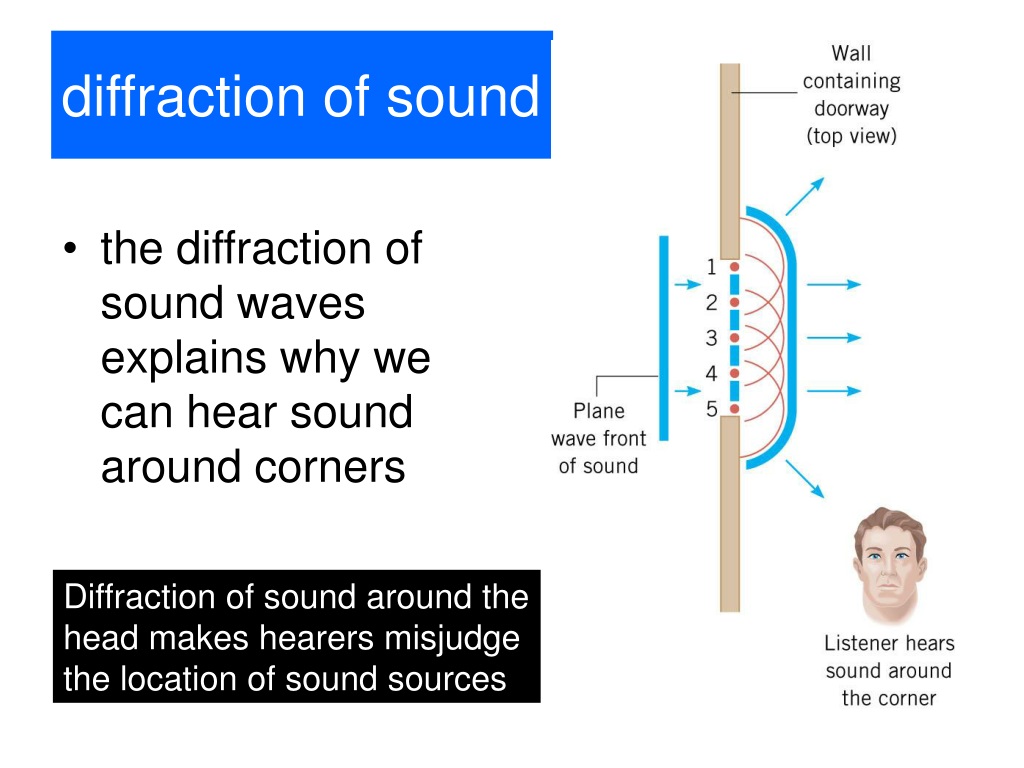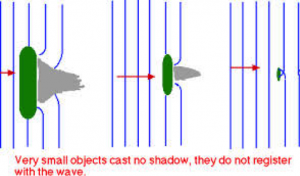

(b) Suppose that yellow light (wavelength $=580$ nm in vacuum) passes through a doorway and that the first dark fringe in its diffraction pattern is located at the angle determined in part (a). Could anyone explain to me why low frequency sounds diffract better than high frequnecy sounds around a corner (eg the wall of a building). The al- ternative method of a recursive splitting up of sound particles. These low frequency, long-wavelength sounds actually diffract around objects to a higher degree than other, higher-pitched sounds. This minimum is equivalent to the first dark fringe in a single-slit diffraction pattern for light. Im still struggling as to why lower frequencies diffract more at a fundamental level. $ Determine the angle that locates the first minimum to either side of the central maximum in the diffraction pattern for the sound. The highest frequency that a healthy ear can typically hear is $2.0 \times 10^. The solution is targeted to continuous-cycle stationary noise sources emitting low-frequency tone-like noise, e.g., transformers and reactors of an electricity generation power plant. However, even highfrequency sound waves exhibit much more diffraction under normal circumstances than do light waves that pass through the same opening. The objective was to control the noise propagated through diffraction over a barrier border.

(a) As Section 17.3 discusses, high-frequency sound waves exhibit less diffraction than low-frequency sound waves do. However, even highfrequency sound waves exhibit muc…


 0 kommentar(er)
0 kommentar(er)
